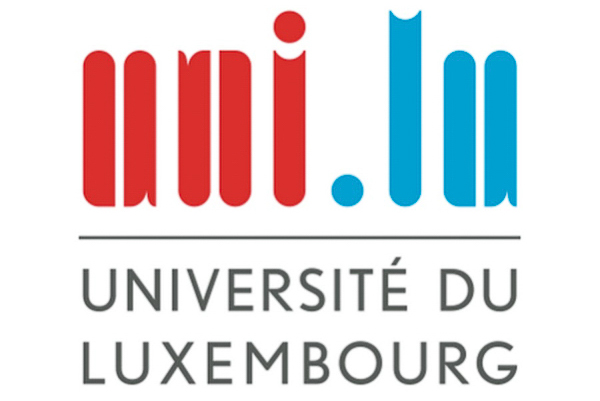
Scientists at the University of Luxembourg’s Interdisciplinary Centre for Security, Reliability and Trust (SnT) are looking for volunteers to help them achieve the next breakthrough in 3D scanning technology.
From April to July this year, a 3D full body scanner – the Artec Shapify Booth – will be installed in the cafeteria on the first floor of the Maison du Savoir in Belval, where staff, students and any interested persons can volunteer to be scanned from head to toe. The data gathered will allow scientists from the SnT to develop new mathematical methods for three-dimensional modelling of the human body shape.
The full scanning process takes approximately 15 minutes, and volunteers go home with a 3D digital selfie and electronic access to their 3D data. There is also a monthly competition for volunteers to win a 3D-printed statue of themselves.
Data confidentiality is of the greatest importance for all such projects, and SnT is working closely with the Luxembourgish Commission Nationale pour la Protection des Données.
Currently, state-of-the-art 3D scanners and software can only facilitate accurate digital 3D models of the body if the subject is wearing skin-tight clothing. This has clear drawbacks for everyday applications of the scanner. A team of SnT scientists led by Dr Djamila Aouada, in collaboration with Artec 3D, have set themselves the challenge of obtaining accurate estimations of body shape regardless of clothing.
“In healthcare, for example, medical staff would be able to take comprehensive body measurements just by scanning their patients,” explains PhD candidate Alexandre Saint. “The benefits of being able to infer this data without occlusion from clothing, would be significant in terms of making 3D scanning a viable tool for medical experts and enhancing efficiency and patient comfort.”
Another field in which the research could make significant contributions is security. Current techniques relying on face recognition could be greatly enhanced by the wealth of information full body scanning can provide. Unfortunately, current 3D technology relies on a large number of scans to arrive at an accurate body model. “The aim is to achieve such models from much more limited data”, says Saint. “Eventually, we will even be able to infer 3D information from 2D images.”








